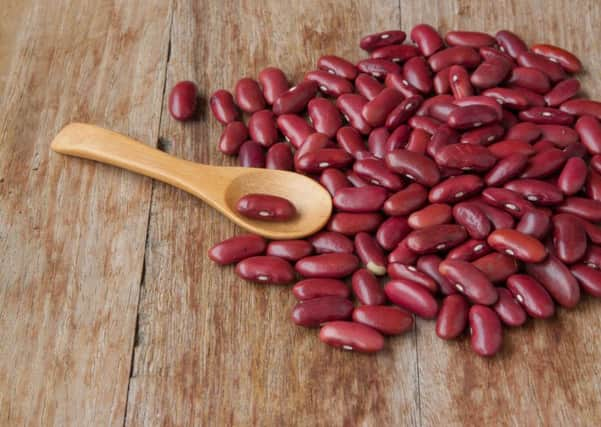Don’t be a ‘has bean’ - embrace the silky richness of this ancient crop


These lines from the ’80s group the B-52s’ song ‘Butterbean’ have been the soundtrack to my craving this week.
And not just these large white beans, but cannellini, borlotti, black beans, and haricot have all been in my mind. Aside from their nutritional value - high in fibre, low in calories, free from cholesterol, packed with antioxidants, potassium and healing zinc - their silky richness in dishes is the perfect antidote for November.
Advertisement
Advertisement
Beans were among the first cultivated crops, with archaeological evidence dating back nearly 10,000 years to prove their existence. Early farmers who grew beans also grew grains, making for a symbiotic and harmonious relationship in which the amino acids of each complemented one another and formed the perfect protein. This combination is reflected within regional cooking and examples include rice and beans in Caribbean culture, lima beans and corn in Latin American cooking, chickpeas and couscous in Middle Eastern cuisine and pasta e fagioli ( beans) in the Italian kitchen.
The estimated global harvest of beans is around 18.7 million tonnes on an estimated 27.7 million hectares of land. Beans are one the ‘three sisters’ of traditional agricultural crops reported by European colonists in the United States. Native Americans planted maize, squash, and beans in the same place, providing a sound environment that capitalised on their various characteristics.
In this country we grow broadbeans and runner beans successfully in the summer months but I’ve yet to try a locally grown borlotti or cannellini bean. There’s no reason why we can’t grow them, especially with the help of a polytunnel and it would be great to try our own regional variety of these more exotic beans. The region of Lazio in Italy is known for its cannellini beans and I brought some back from a recent holiday. They come dried and are smaller than the kind we would get here but like any beans they’re a great vehicle for big flavours. The beans need to be soaked overnight in cold water to get rid of any potential toxins. They should then be boiled with flavour enhancers like bay leaf, garlic, thyme or lemon zest until just cooked, or alternatively, cooked with cheaper cuts of meat that require slow cooking. A smoked ham hock, cooked slowly with aromatic root vegetables, onion, celery and beans combined with water will give a delicious meal that involves a minimum amount of fuss – just a longer cooking time. The beans soak up all the smokiness of the meat and the sweetness of the vegetables. My first recipe is for slow braised duck legs with butter beans. It’s topped with crispy crumbs and would make the perfect rib sticking meal for a cold winter’s day.
Last year I met the owners of a company in England called Hodmedod’s. They produce English pulses and beans and will post to Northern Ireland. One of the things they grow is spelt – an ancient wheat grain. It, along with beans, is a great soaker-upper of flavours. My other recipe uses the spelt risotto-style, with lots of stock and cooked beans added at the end. Beans are a win-win ingredient – they’re healthy and help to eke out expensive meat in dishes.